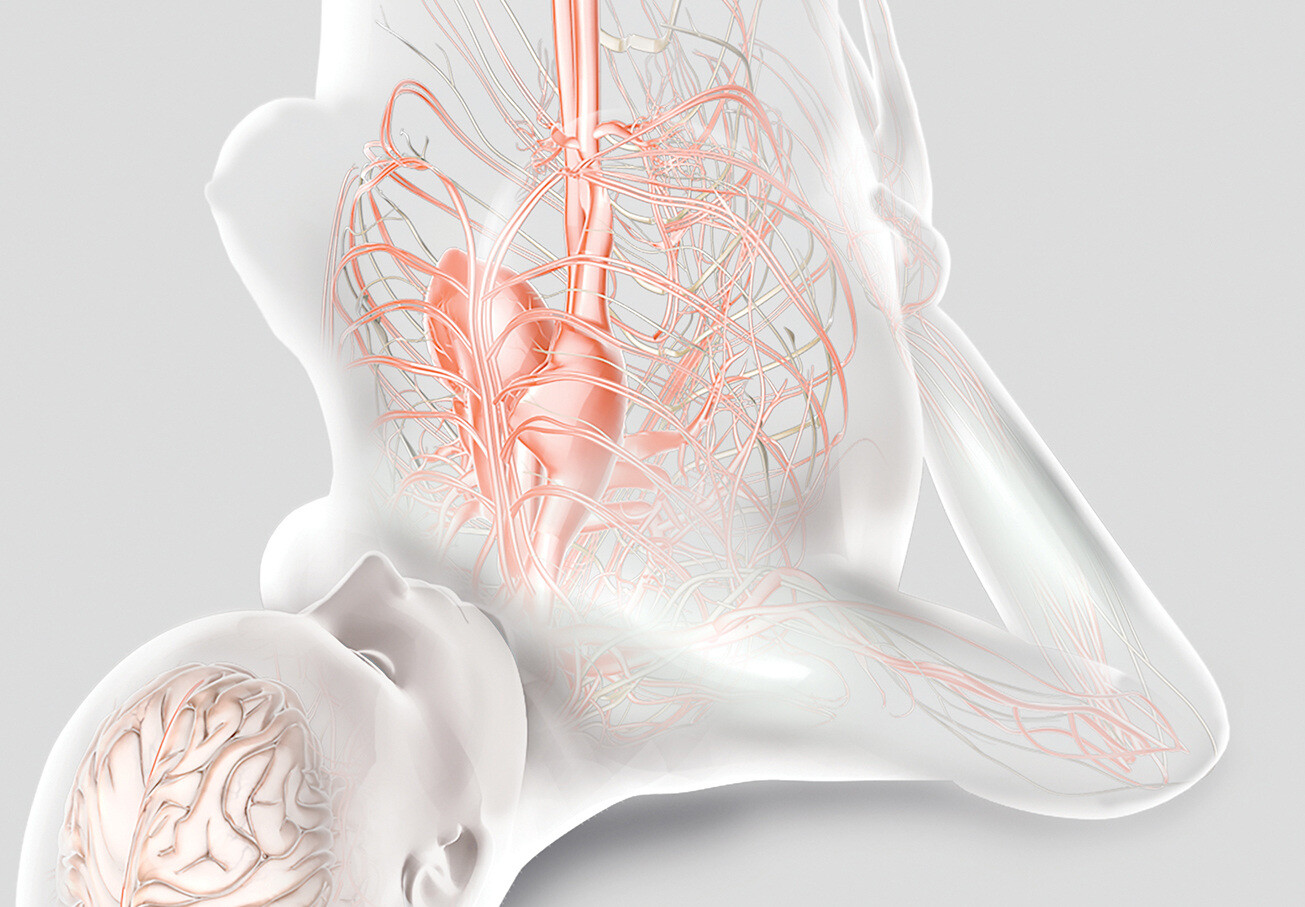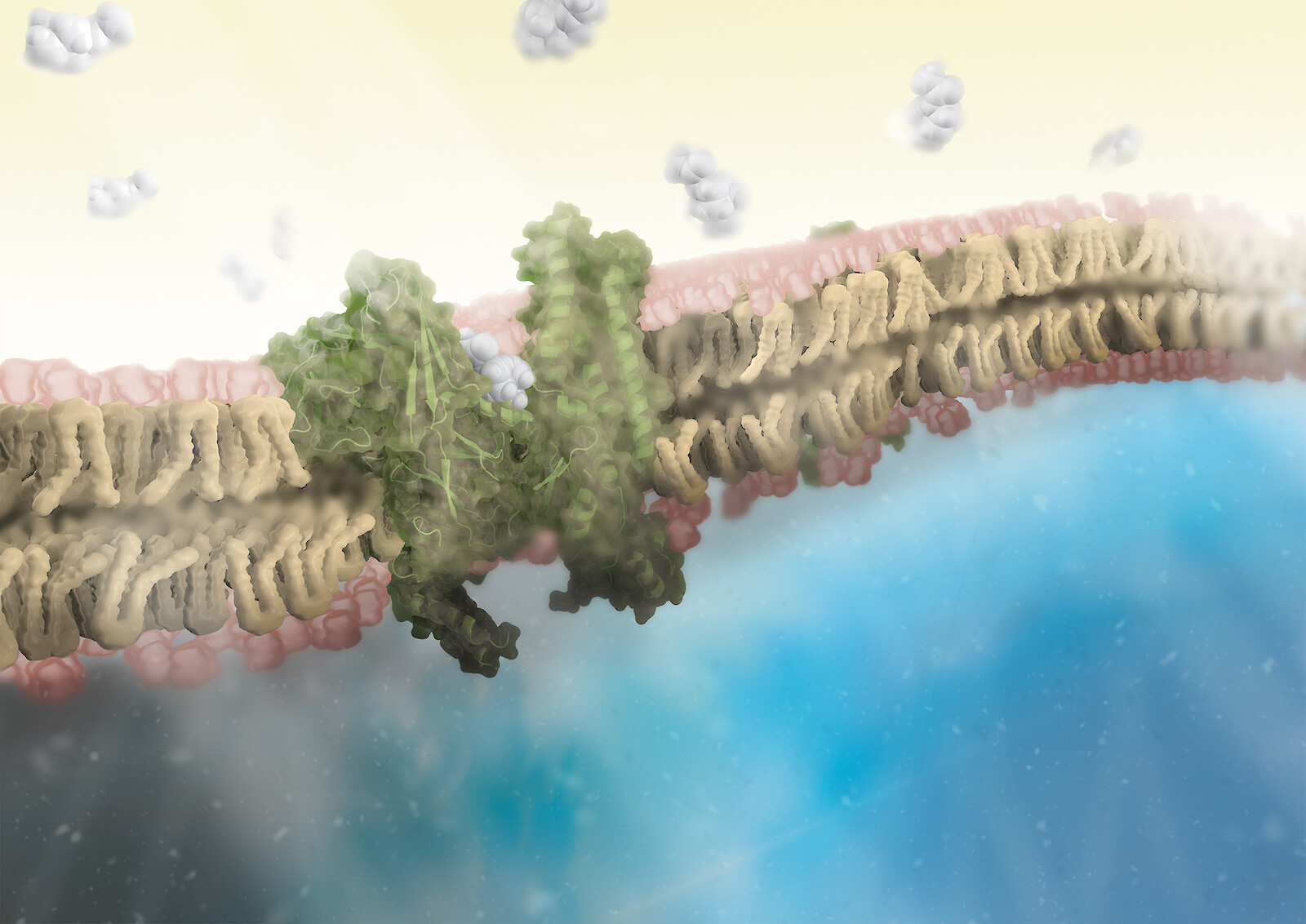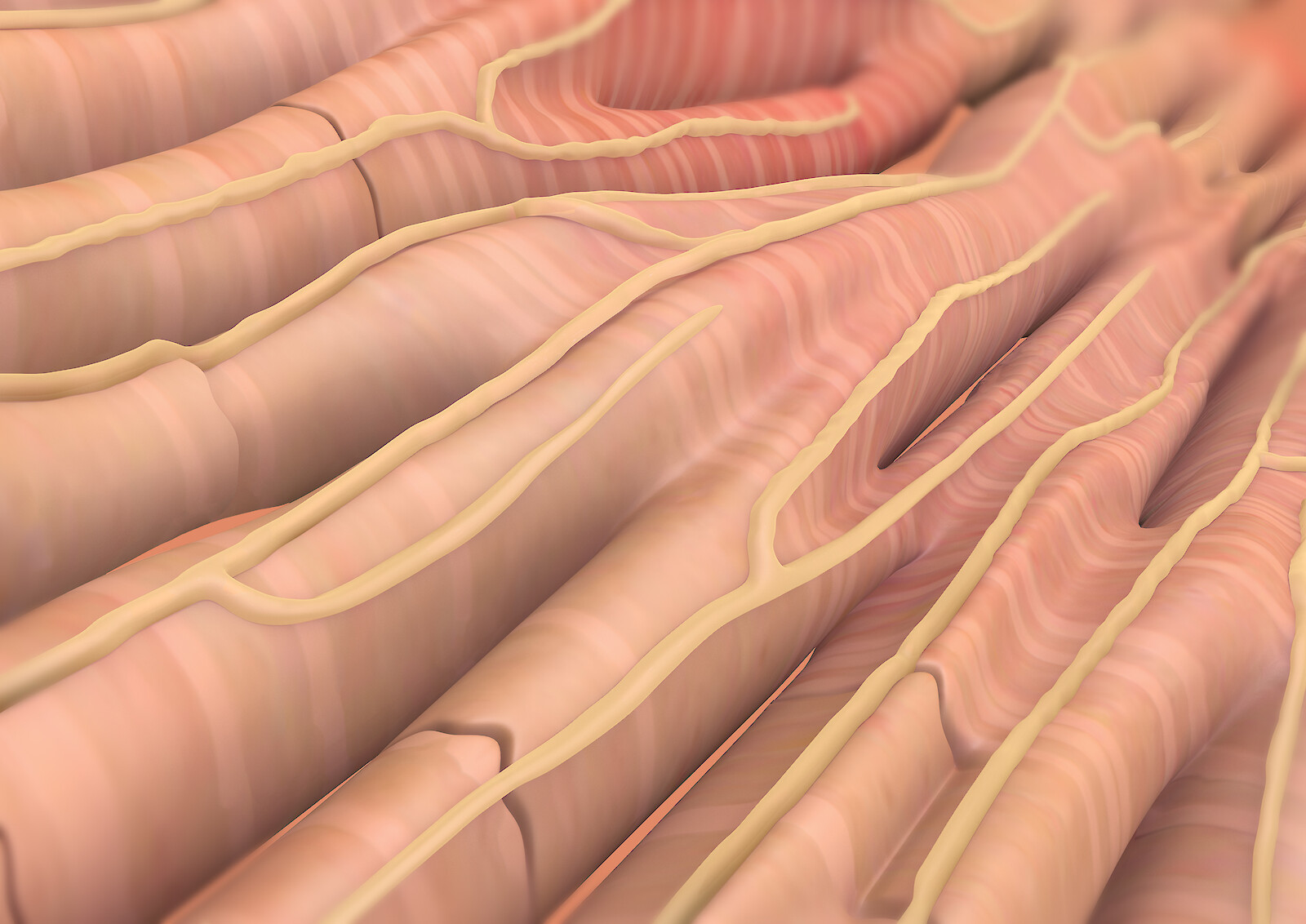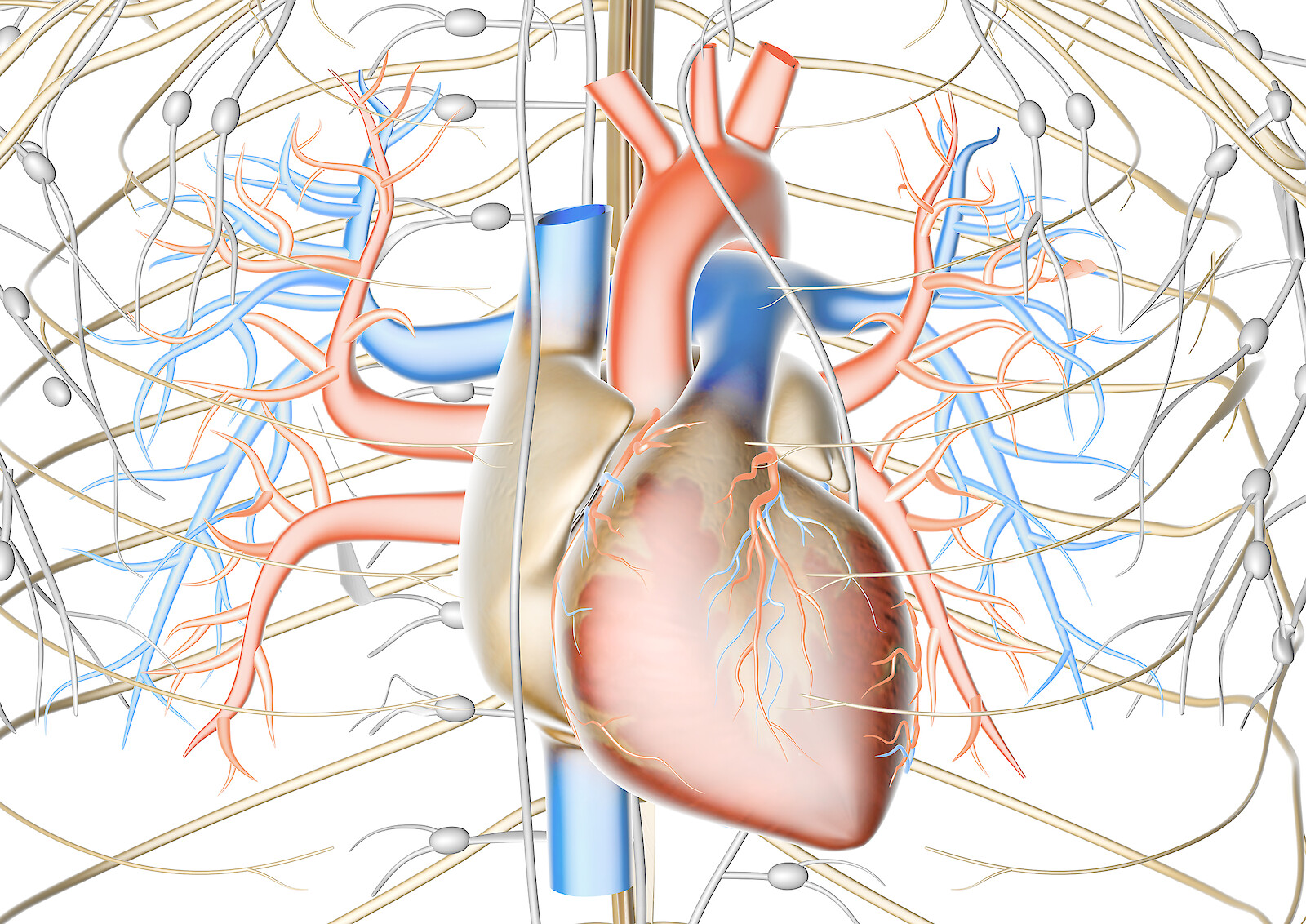The YogaBase Project
A Visualized Guide to the Science of Yoga
What if there was a recipe to stay healthy? There actually is – and there is scientific proof. I am talking about yoga, an ancient discipline that has been used for thousands of years in order to keep mind and body healthy for spiritual development.
Yoga’s popularity is rising in our culture. But people who have the power of truly integrating its practice into our system and to shift its reputation from esoteric to medically relevant, are often still skeptical. In this project, I am visualizing effect cascades on the body that are induced by yoga poses by designing a referenced database-type platform for scientists, physicians, yoga teachers and potential patients in the broad public. This tool shall help scientists identify research gaps, physicians discover complementary treatment possibilities, yoga teachers design ailment-specific classes, and provide patients or anyone interested with information on how to improve life through the practice of targeted yoga poses.
What may a visual concept for the depiction and mediation of cause-and-effect cascades look like on different levels of detail? What may a colour concept and a sitemap structure for the platform look like? I addressed these questions through testing, prototyping and the evaluation of prototypes via a design workshop and an online survey with the target groups. As a result, I am showing key elements that represent the idea of what the finalised version of the platform shall look like in the future. I plan to continue this work within the existing collaboration between Zurich University of the Arts and the German Sport University Cologne, Germany. The effects of single yoga poses shall be investigated on a molecular level in the frame of a clinical study. These, and further already existing findings from yoga studies shall be integrated into the existing visualization framework.



